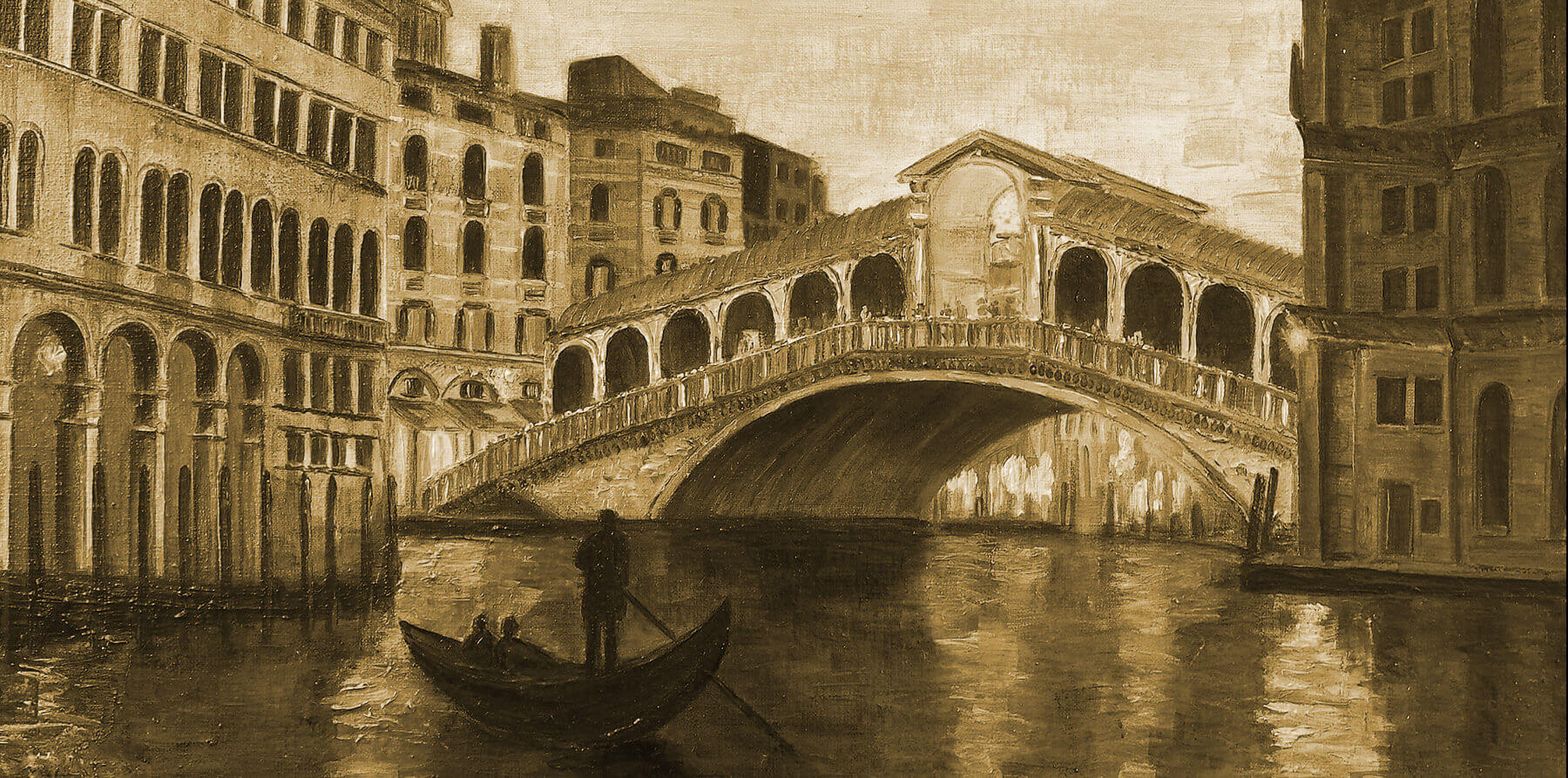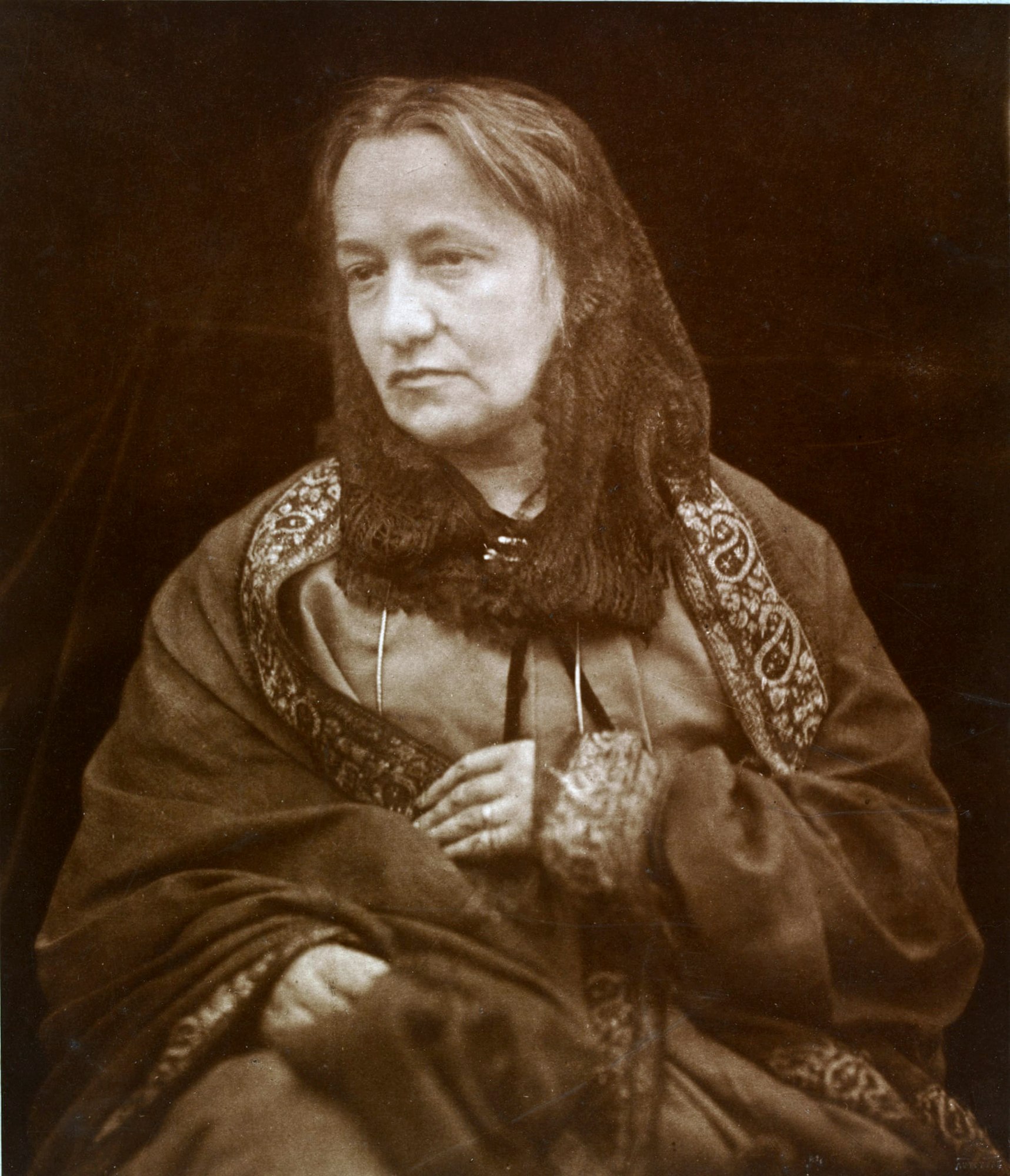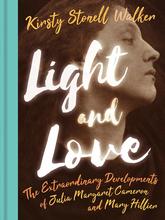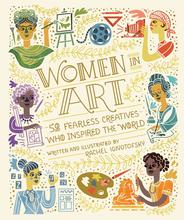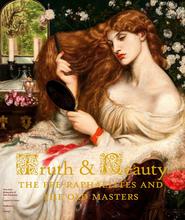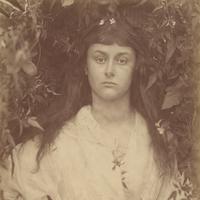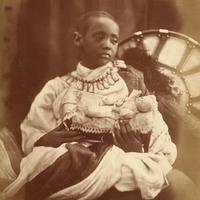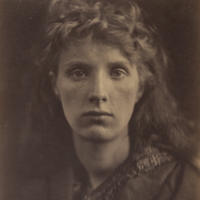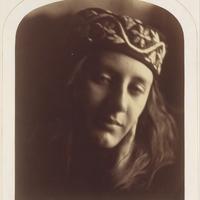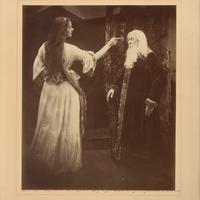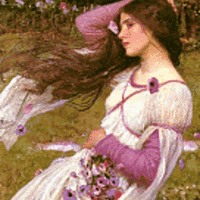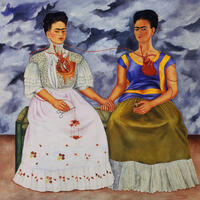More about Julia Margaret Cameron
- All
- Info
- Shop
Works by Julia Margaret Cameron
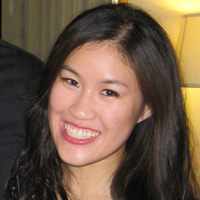
Sr. Editor
Though Julia Margaret Cameron’s contemporaries dismissed her work as “amateur,” she is now recognized as one of the most original and significant portraitists of our time.
Consider her the Annie Leibovitz of her day. Cameron started her career fairly late in life (48) when her daughter and son-in-law thought she needed a hobby and gifted her a camera.
As a woman in the mid to late 1800s, Cameron found that models were hard to come by and thus resorted to her family and friends whom she lovingly called her “victims.”
Her family tree is full of stars:
- Her maternal grandfather, Chevalier Antoine de l'Etang, was a page and possible lover of Marie Antoinette.
- Her great-niece was Virginia Woolf.
- Her niece was Lady Henry Somerset (née Lady Isabella Caroline) who was a champion of women’s rights and successfully separated from her husband for being gay and won custody of their son.
And her home was teeming with equally famous friends:
- Astronomer Sir John Herschel
- Author Charles Dodson aka Lewis Carroll
- Scientist Charles Darwin
- Artist John Everett Millais
Clearly, the Cameron house was the place to party.
Her home on the Isle of Wight, Dimbola Lodge, is open to the public. A life-size Jimi Hendrix statue was erected (for stupid reasons: he performed there once) outside her home, infuriating locals.
Cameron was another victim to the patriarchy. Because she wasn't a man, her craft was considered a hobby and not something to take seriously - only now do we acknowledge her accomplishments.
Featured Content
Here is what Wikipedia says about Julia Margaret Cameron
Julia Margaret Cameron (née Pattle; 11 June 1815 – 26 January 1879) was an English photographer who is considered one of the most important portraitists of the 19th century. She is known for her soft-focus close-ups of famous Victorians and for illustrative images depicting characters from mythology, Christianity, and literature.
She was born in Calcutta, and after establishing herself among the Anglo-Indian upper-class, she moved to London where she made connections with the cultural elite. She then formed her own literary salon in the seaside village of Freshwater on the Isle of Wight.
Cameron took up photography at the age of 48, after her daughter gave her a camera as a present. She quickly produced a large body of portraits, and created allegorical images inspired by tableaux vivants, theatre, 15th-century Italian painters, and contemporary artists. She gathered much of her work in albums, including The Norman Album. She took around 900 photographs over a 12-year period.
Cameron's work was contentious. Critics derided her softly focused and unrefined images, and considered her illustrative photographs amateurish. However, her portraits of artists and scientists such as Henry Taylor, Charles Darwin and Sir John Herschel have been consistently praised. Her images have been described as "extraordinarily powerful" and "wholly original", and she has been credited with producing the first close-ups in the medium.
Check out the full Wikipedia article about Julia Margaret Cameron
